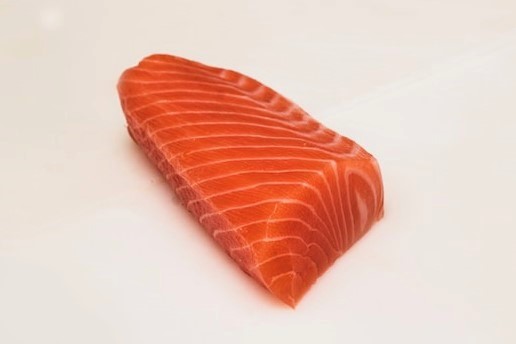W12 Salmon Update: Price Surge and Regulatory Challenges Ahead of Easter in Norwegian Salmon Market

Pre-Easter Demand Pushes Up Norwegian Salmon Prices Amidst Production Fish Challenges
The Norwegian salmon market is experiencing a price increase in the lead-up to the Easter holiday, driven by supply constraints and processing limitations. Market sources report rising salmon prices due to heightened demand associated with the upcoming Easter holiday. Several suppliers and processing plants are scheduled to shut down operations for the holiday, further tightening supply.
The proportion of lower-quality "production fish" within the overall salmon harvest has risen in recent months, attributed to winter-related factors. While typically less than 10% of salmon are classified as production fish, this figure reached a record high of 36.6% in mid-Feb-24. This higher proportion is seen as a potential detriment to the industry's overall pricing structure. The recent trade ruling of the European Commission (EC) regarding the export of production fish presents a potential long-term impact on the Norwegian salmon industry's pricing strategy and overall market reputation.
Exporter reports indicate a price increase of USD 1.86 per kilogram (kg) for non-production fish, with ongoing upward price movements anticipated in the coming week due to the combined effects of limited processing days and heightened demand. The combined effect of reduced supply and processing limitations could create a temporary period of higher salmon prices in the short term, leading up to Easter.
Norway Tightens Grip on Illegal "Production Fish" Sales, Balancing Food Safety and Trade Concerns
The Norwegian salmon aquaculture industry faces increased scrutiny from the Norwegian Food Safety Authority (NFSA) regarding the illegal sale and export of "production fish." Norwegian salmon is categorized into three grades: premium, ordinary, and production fish. Fish with deformities or wounds fall under the "production fish" category, requiring processing before export. Despite existing regulations, the NFSA continues encountering instances of production fish illegally sold on international markets. The authority emphasizes stricter enforcement measures for non-compliant companies, including export bans, product recalls, and potential fish destruction.
The NFSA acknowledges the difficulty of comprehensive monitoring due to the high volume of daily salmon exports and seasonal variations in production fish quantities. The proportion of production fish has steadily risen from 5% in 2018 to 15% in 2023, with winter months reaching highs of over 36%. A Norwegian salmon farmer reported unauthorized sales of unsuitable fish to certain customers, including discards and unprocessed production fish. The European Union (EU) considers Norway's mandatory domestic processing of downgraded salmon a "trade barrier."
Through the Danish Seafood Association, Denmark has filed a complaint with the EU, citing market disruptions for salmon filets and processed products. Data suggests that production fish can lead to lower salmon filet production costs by USD 3.25 to USD 4.33/kg compared to using premium or ordinary fish. This cost advantage is raising concerns about potential market distortions.
The NFSA's intensified efforts to curb illegal production fish sales aim to ensure food safety standards while navigating potential trade disputes with the EU. Striking a balance between these objectives will be crucial for the long-term sustainability and integrity of the Norwegian salmon industry.



